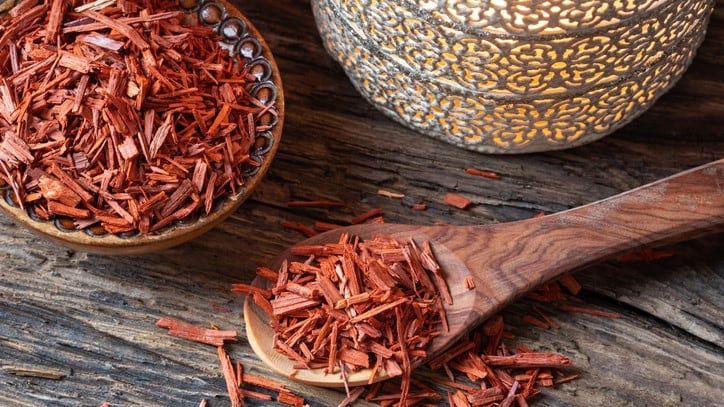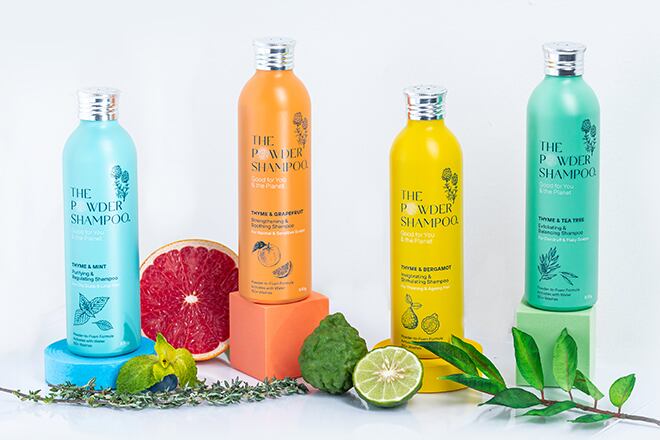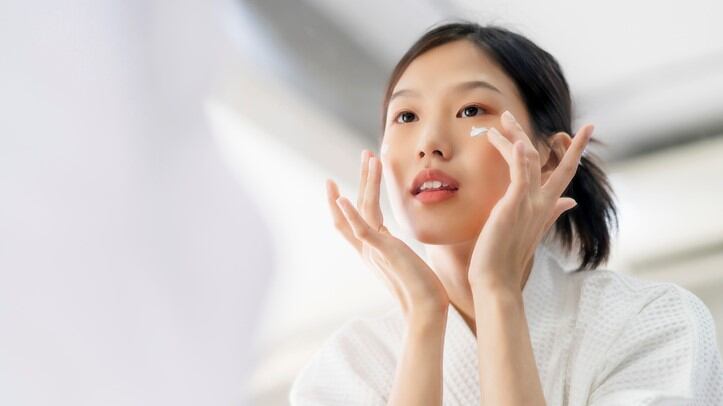Most make-up products contain oil-based ingredients and colorants such as pigments, which are hydrophobic. This makes it necessary to use oil-based removers, such as cleansing oils, balms and creams to remove them.
However, such this cleansing process can potentially irritate the skin. Additionally, the company believes consumers are seeking a quicker and simpler method of cleansing.
To solve this problem, the company first turned to a temperature-sensitive polymer that forms a hydrophobic film on the skin but changes its structure and detaches from the skin when it hits a certain temperature.
Such technology is similar to what has been used in film-type or tubing mascaras, which claim to be long-lasting and smudge-proof, but is removed easily with lukewarm water.
However, the polymer base was observed to fall off in pieces thus affecting the cleansing experience. For instance, this made it difficult to remove make-up clogged up in pores and wrinkles.
The right material
Biocellulose is a cellulose microfibril synthesised from bacterial cellulose that is mainly used in cosmetics in sheet or gel masks. This material has high crystallinity, is thin and yet has a higher physical strength compared to plant-derived cellulose.
As biocellulose can be difficult to apply to cosmetic formulations, the company thought to apply a process of dispersing biocellulose in an aqueous solution while maintaining the biocellulose microfibril network.
As result, the cosmetic composition coated with biocellulose forms a uniform film on the skin, even across uneven surfaces like pores and wrinkles.
Once it comes into contact with water, the dense microfibrils network entangles together and detaches itself from the skin together, thus “perfect cleansing is made possible without a strong detergent,” said the firm.
However, the easy-to-remove characteristics of this film also meant that it would have a weaker staying power on the skin.
For this patent, the company combined the cellulose microfibril with a polyvinyl alcohol film-forming polymer to strengthen the formation of the film on the skin.
“By including polyvinyl alcohol as a film-forming polymer in addition to biocellulose microfibrils in the base cosmetic composition, the film was formed more strongly.”
The document suggests that lukewarm water in the range of 25 to 45 degrees is best suited to cleanse the treated cosmetic formulation from the skin as it helps to expand blood vessels and helps blood circulation to facilitate cleansing and exfoliation during skin cleansing.
The biocellulose composition can be applied to a range of cosmetic products, from make-up base products to sunscreens as well as skin care products. It can work in as a liquid, cream or spray-type format.
The patent suggests that the composition can act as a separate base to improve the adherence to other colour cosmetic products like eyeshadow while also enhancing the removal efficiency.
Furthermore, it can also contain active ingredients and the firm suggest that it would work well with a moisturising component.





